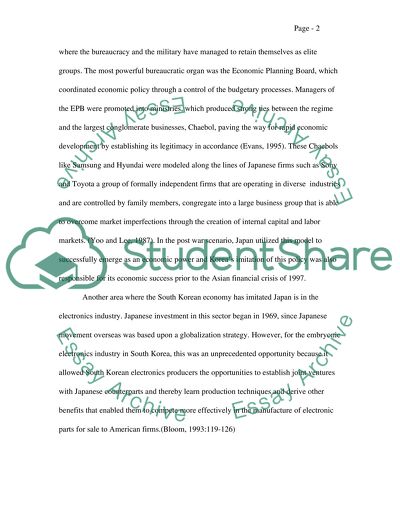Cite this document
(“International business Essay Example | Topics and Well Written Essays - 1000 words - 1”, n.d.)
International business Essay Example | Topics and Well Written Essays - 1000 words - 1. Retrieved from https://studentshare.org/miscellaneous/1541982-international-business
International business Essay Example | Topics and Well Written Essays - 1000 words - 1. Retrieved from https://studentshare.org/miscellaneous/1541982-international-business
(International Business Essay Example | Topics and Well Written Essays - 1000 Words - 1)
International Business Essay Example | Topics and Well Written Essays - 1000 Words - 1. https://studentshare.org/miscellaneous/1541982-international-business.
International Business Essay Example | Topics and Well Written Essays - 1000 Words - 1. https://studentshare.org/miscellaneous/1541982-international-business.
“International Business Essay Example | Topics and Well Written Essays - 1000 Words - 1”, n.d. https://studentshare.org/miscellaneous/1541982-international-business.


